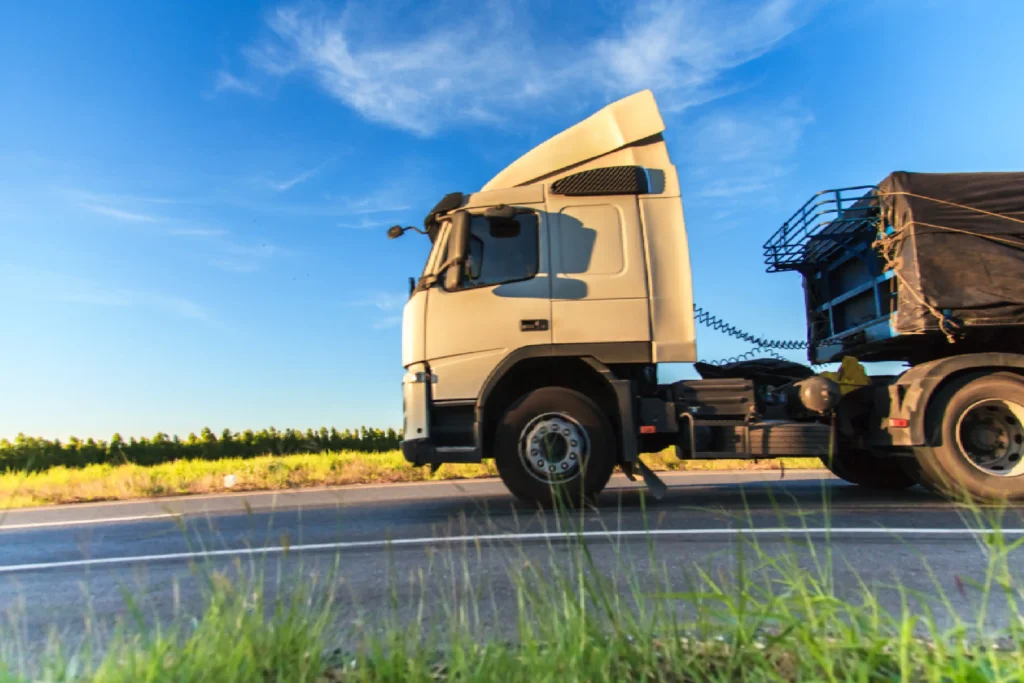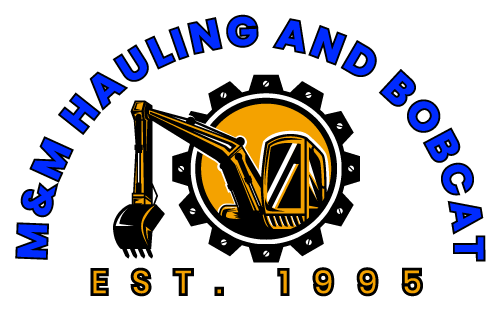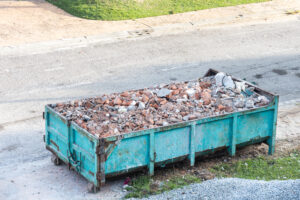Hauling services play an integral role in the current economy as they ensure that goods, cargo and materials are seamlessly transported from one place to another.
This includes and is not limited to wholesale and retail goods, construction materials, junk and debris removal.
These services contribute massively to all these industries by providing a proper logistics system.
This article will highlight how the hauling services function, the equipment deployed, types of hauling, processes involved and other stipulated regulations governing this specific industry.
Types of Hauling Services

Do you need hauling services?
Several types of hauling services exist each specifically suited to a unique function. Construction hauling involves the transport of building materials such as gravel and concrete. It also entails the moving of the requisite equipment or machinery such as excavators from one location to another. In debris removal, hauling services help to remove the waste materials and debris emanating from the aforementioned construction projects. This is also applicable in demolition projects to remove the rubble and all the structures, which have been brought down. Another type of hauling service is the transport of bulk goods. This could be in the mining or agricultural sectors involving the transport of minerals, crops, or produce. Residential hauling entails the moving of household items such as furniture and probable junk removal. The last type of hauling service is the transport of commercial goods where the retailers or wholesalers move the goods from warehouses to the distribution points.
Operational Processes
Consultation and Assessment
This refers to the client contacting the hauling company to inquire about the services, which could include ascertaining the type and quantity of materials to be transported, pickup and delivery places and other pertinent or related questions.
Planning and Scheduling
This is done after every aspect is verified to help conjure up and plot the logistics perfectly. The logistics imply the vehicles to be used, the time of pickup and delivery and the essence of adhering or conforming to regulatory requirements.
Loading and Transportation
This is done on the agreed and slated day when the loading is carefully done using the correct equipment to ensure even weight distribution and to fasten the load amply to curb possible unwarranted movements during transport. This is followed by transport to the specific delivery destination using an agreed route and bearing in mind other elements such as traffic and the need to meet clearly outlined deadlines.
Unloading and Distribution
After arrival at the designated location, the hauling team unloads the cargo, and they could employ equipment such as forklifts premised on the type of materials involved. The goods are then taken to the warehouses or to the specific retail stores and customers. With regard to junk and debris, the materials are transported to licensed disposal sites and recycling centers.
Equipment Required
For the proper provision of these services, different types of equipment is required based on the type of materials and other underlying requirements. Trucks are the most common vehicles employed for hauling and this could be dump trucks, box tracks and different types of specially designed trucks used for transportation of hazardous materials and heavy loads. Trailers can be used to increase the loading capacity, and they are usually attached to the trucks. Different equipment such as excavators may be moved to building sites to aid with the construction processes. Lifting equipment is also necessary for loading and unloading especially when there are heavy materials involved. Safety gear is vital in hauling service operations for enhanced safety and this could be gloves, glasses or personal protective equipment kits.
Compliance
Hauling services as an industry are governed and regulated, and they involve standards that guarantee safety, efficiency and safeguarding of the environment. Permits and licenses are necessary, and they pinpoint the exact limits, routes and operating timelines. They may vary from one jurisdiction to the next. Environmental regulations help to protect the environment by guiding hauling companies on how to dispose of waste materials including hazardous ones and the need for reduced emissions. There are also safety standards that necessitate routine inspections, maintenance and sufficient driver training and refresher courses to enhance safety on the roads and sites. Finally, hauling companies require insurance coverage to guard against liabilities and to ensure proper indemnification in case of accidents, damage, or other work-related injuries.
This article has therefore aptly demonstrated how hauling services work, the various types of hauling services, necessary equipment for effective work or service dispensation and what essentially regulates and governs them. They are essential in construction sites and in the retail market as they help in quick delivery and streamlined operations. Finally, as the industry changes, so are these hauling services evolving to satisfy growing customer demands.




